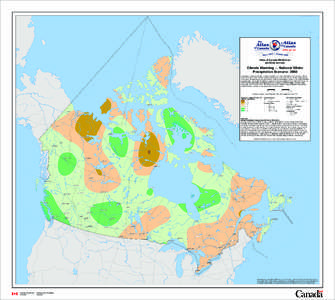291 | Add to Reading ListSource URL: atlas.nrcan.gc.ca- Date: 2012-12-10 13:37:46
|
|---|
292 | Add to Reading ListSource URL: atlas.nrcan.gc.caLanguage: English - Date: 2012-12-10 13:36:22
|
|---|
293 | Add to Reading ListSource URL: atlas.nrcan.gc.ca- Date: 2012-12-10 13:37:54
|
|---|
294 | Add to Reading ListSource URL: deainfo.nci.nih.govLanguage: English - Date: 2014-03-06 11:21:49
|
|---|
295 | Add to Reading ListSource URL: atlas.nrcan.gc.caLanguage: English - Date: 2012-12-10 13:36:33
|
|---|
296 | Add to Reading ListSource URL: atlas.nrcan.gc.caLanguage: English - Date: 2012-12-10 13:36:44
|
|---|
297 | Add to Reading ListSource URL: atlas.nrcan.gc.caLanguage: English - Date: 2012-12-10 13:36:44
|
|---|
298 | Add to Reading ListSource URL: atlas.nrcan.gc.caLanguage: English - Date: 2012-12-10 13:36:44
|
|---|
299 | Add to Reading ListSource URL: atlas.nrcan.gc.ca- Date: 2012-12-10 13:36:33
|
|---|
300 | Add to Reading ListSource URL: atlas.nrcan.gc.caLanguage: English - Date: 2012-12-10 13:36:44
|
|---|